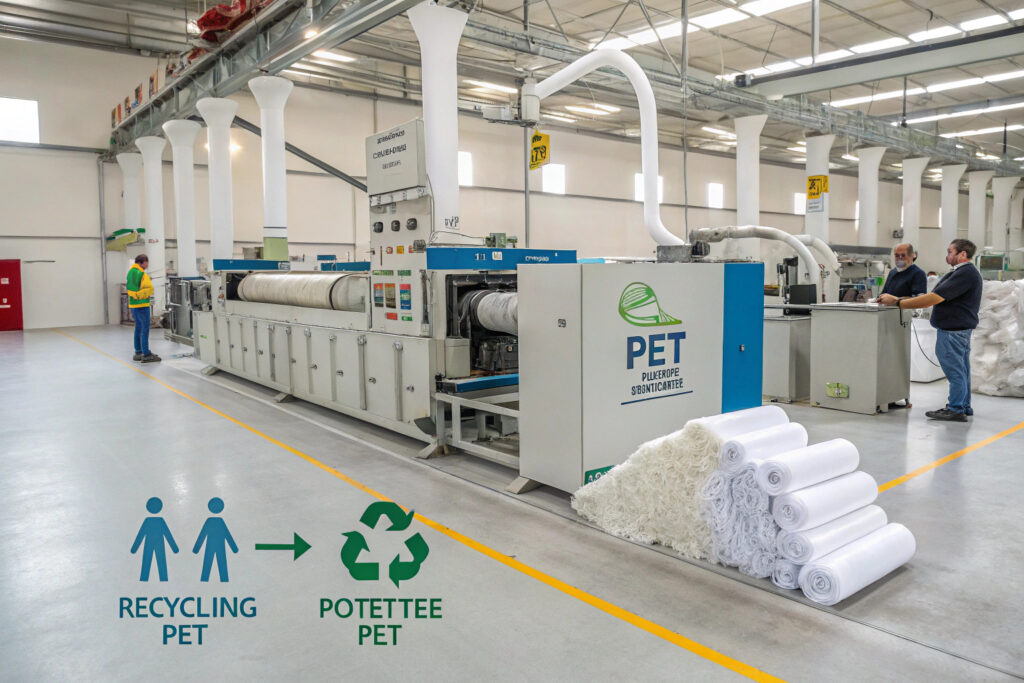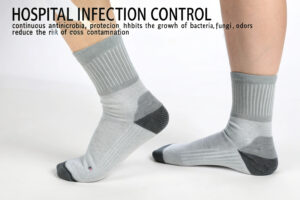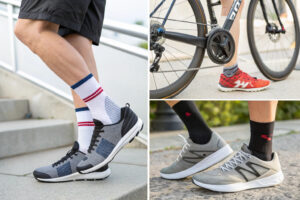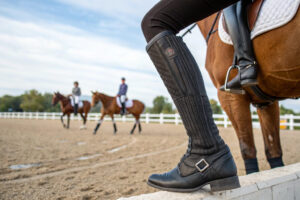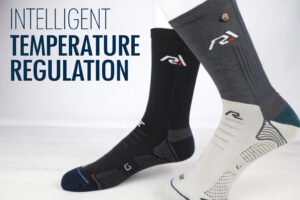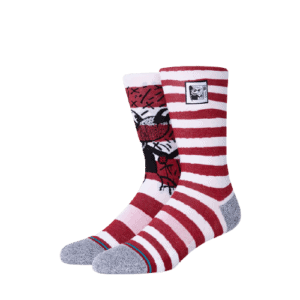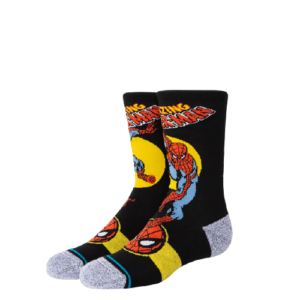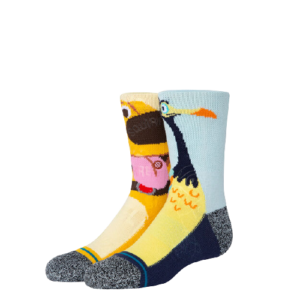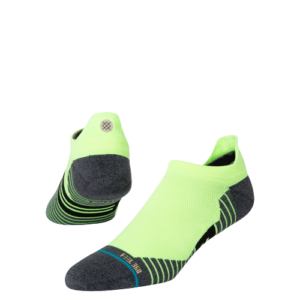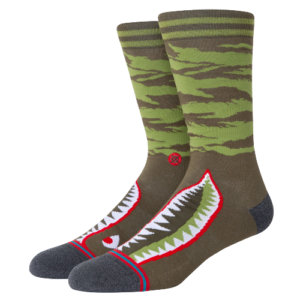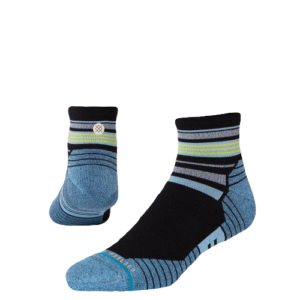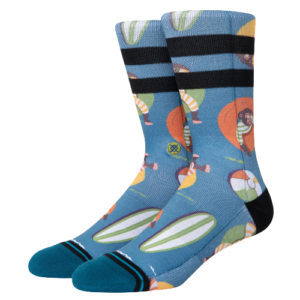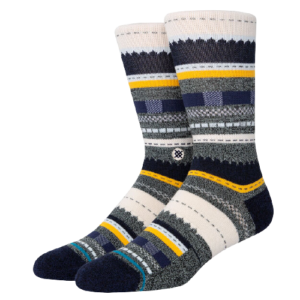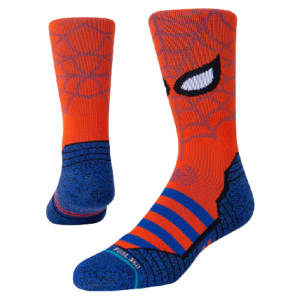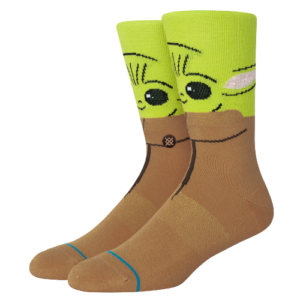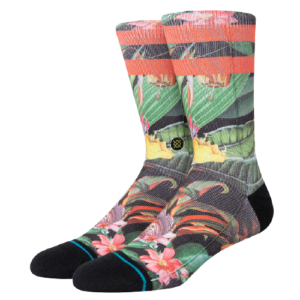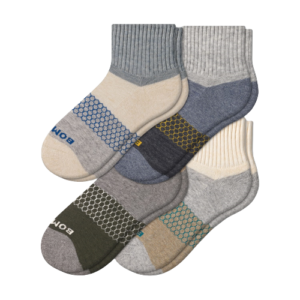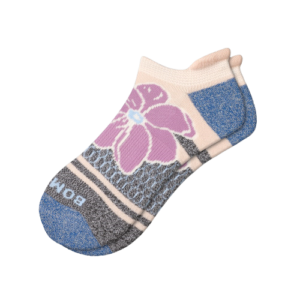As fashion shifts toward sustainability, brands are under pressure to reduce their carbon footprint and textile waste. For accessories like socks, one material is taking center stage: recycled polyester.
Recycled polyester socks are leading circular fashion efforts because they transform post-consumer plastic into wearable products, support closed-loop production, meet global eco-certifications, and align with consumer demand for low-impact apparel.
At GlobalSock, we’ve seen orders for recycled polyester socks increase by 35% YoY—driven by both DTC brands and major buyers in the EU and U.S. markets. Here's why this category is becoming central to any eco-conscious apparel strategy.
What Is Recycled Polyester and How Is It Made?
Recycled polyester—commonly known as rPET—is made by melting down existing plastic (usually PET bottles) and re-spinning it into new polyester fibers.
This process saves up to 75% of energy and reduces CO₂ emissions compared to virgin polyester, making it a sustainable choice for fashion manufacturing.
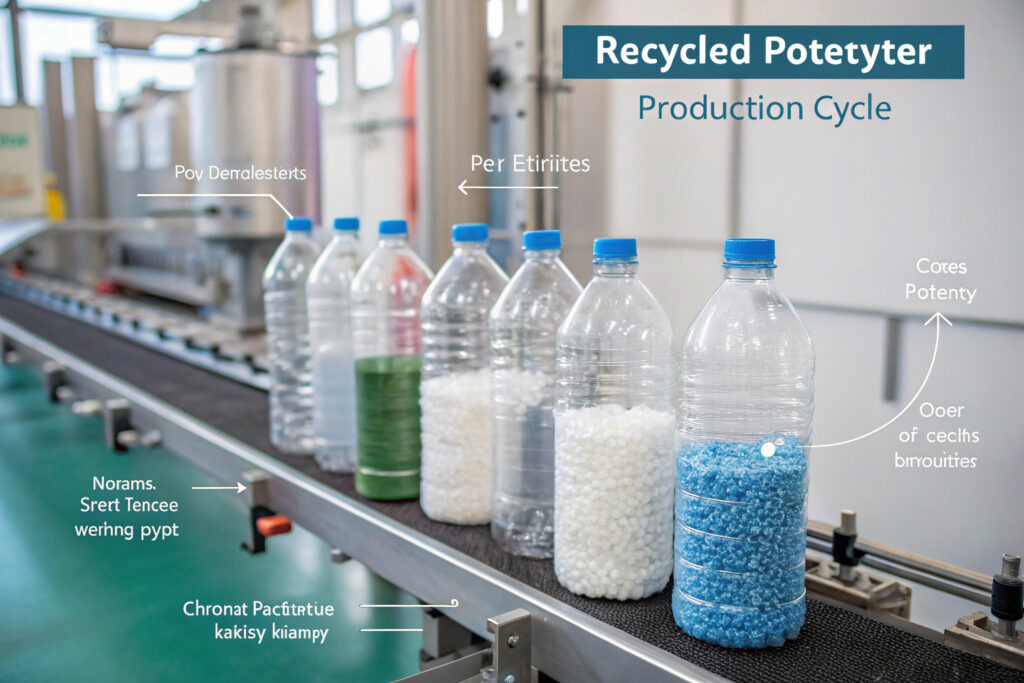
How Does the Process Work?
- Collection: PET bottles are gathered from recycling centers.
- Shredding: Bottles are washed and cut into flakes.
- Extrusion: Flakes are melted into polyester chips.
- Spinning: Chips are re-polymerized into filament yarns.
- Knitting: Yarns are dyed and used for sock production.
Sources like Textile Exchange and Plastic Pollution Coalition highlight rPET’s growing role in cutting textile waste.
Why Is It Better Than Virgin Polyester?
Virgin polyester uses petroleum and generates microplastic waste. rPET uses post-consumer content and can be made certified under GRS (Global Recycled Standard) to ensure traceability.
At GlobalSock, all our recycled polyester yarns are GRS and OEKO-TEX Standard 100 certified.
What Makes Recycled Polyester Socks Sustainable?
Not all recycled products are truly sustainable. But when done right, rPET socks combine low resource use with high product durability.
Recycled polyester socks consume less water, energy, and raw materials during production, and they often last longer due to superior tensile strength.
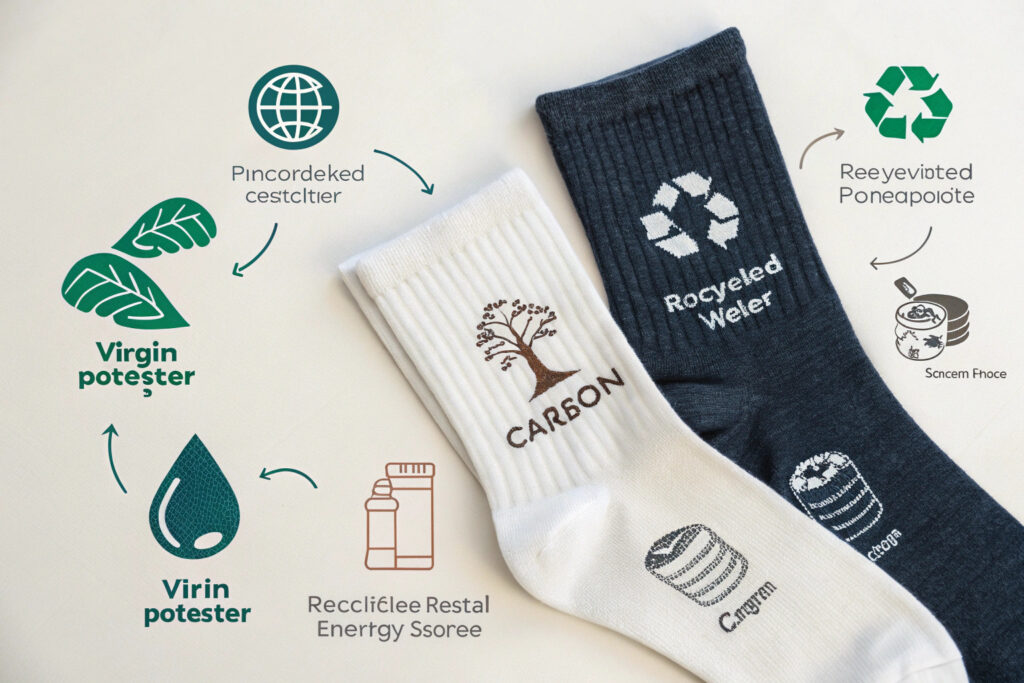
How Much Energy and Water Do They Save?
Compared to virgin polyester, rPET production saves:
- 59% energy
- 32% CO₂ emissions
- Up to 90% less water usage
(According to WRAP UK and Green Story)
We quantify these impacts in our LCA reports, which boutique and corporate buyers increasingly ask for when verifying sustainability claims.
Are They Comfortable and Durable?
Yes. Our rPET yarns are microfilament engineered for softness and flexibility. We often blend them with spandex or cotton to improve breathability and shape retention.
Unlike some natural yarns, recycled polyester resists shrinkage and pilling—especially after multiple washes. Brands like Allbirds and Patagonia already use rPET in their performance socks.
How Do Recycled Polyester Socks Fit Circular Fashion Models?
Circular fashion means designing for longevity, recyclability, and minimal waste.
Recycled polyester socks support this by keeping plastic in use longer, enabling closed-loop recycling, and aligning with cradle-to-cradle goals.
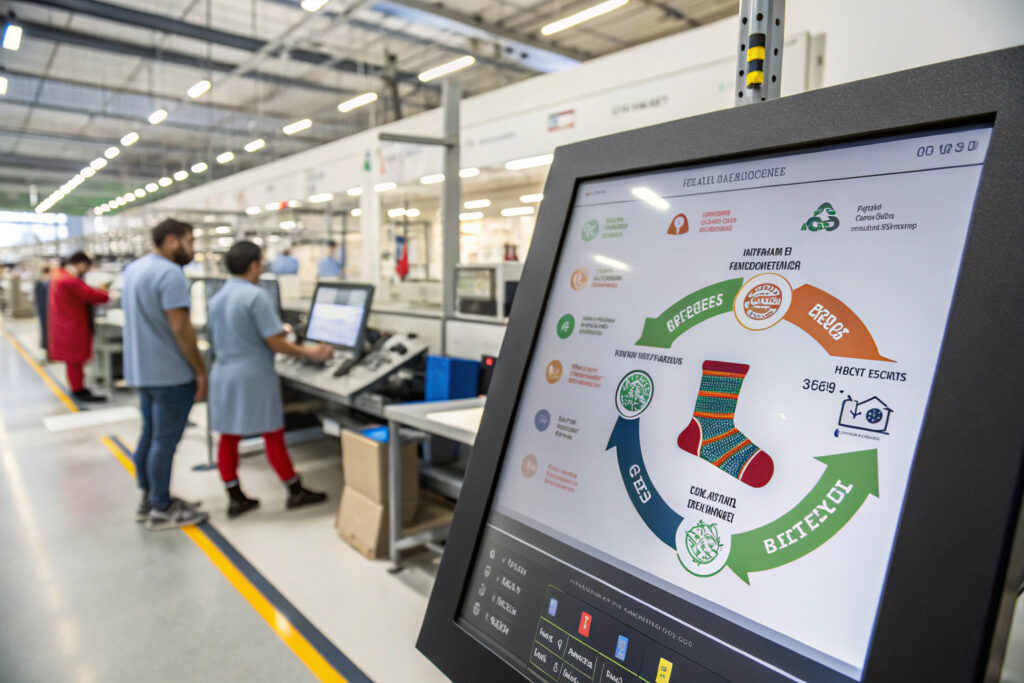
Can rPET Socks Be Recycled Again?
Yes—if designed properly. Socks made with monomaterial rPET (no cotton or wool blends) can be reprocessed into new yarns.
We’re working with buyers who are developing take-back programs to collect worn rPET socks for re-spinning—creating a textile-to-textile model in line with Ellen MacArthur Foundation’s circular economy vision.
How Do You Design for Circularity?
Focus on:
- Mono-fiber designs (100% rPET)
- Undyed or dope-dyed yarns
- QR code tracking for post-purchase recycling
At GlobalSock, we also offer digital passport integration so end users can scan and learn about material content and disposal options—an innovation increasingly adopted by EU brands under Ecodesign Directive.
Why Are Buyers and Consumers Choosing rPET Socks?
Eco-awareness is no longer niche—it’s expected.
From Gen Z shoppers to large corporate procurement teams, there’s growing demand for sustainable footwear basics like rPET socks that align with ESG values and storytelling.
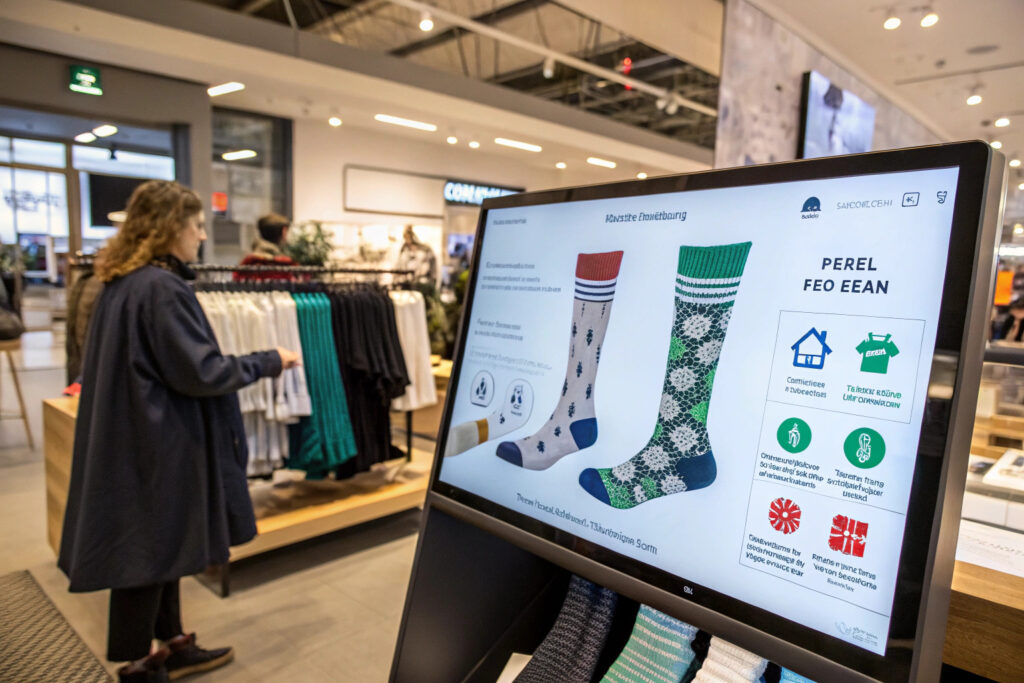
Are Big Retailers Supporting This Movement?
Yes. Chains like Decathlon, Target, and Zalando now include recycled content as part of their vendor requirements.
At GlobalSock, we collaborate with buyers to provide GRS certificates, CO₂ reduction per pair, and packaging made from FSC-certified or biodegradable materials.
Does rPET Boost Brand Value?
Absolutely. Brands that highlight rPET use on packaging and product pages enjoy:
- Higher conversion rates
- Improved SEO (e.g., “sustainable socks,” “recycled dress socks”)
- Lower return rates (better material performance)
Plus, sustainability helps attract investment capital in the long term.
Conclusion
Recycled polyester socks are not just a trend—they're a smart response to both environmental urgency and market demand. They close the loop on plastic waste, outperform many natural fibers in durability, and align perfectly with circular fashion models.
At GlobalSock, we help brands bring rPET socks to life—from yarn sourcing to packaging—all backed by international certifications and lifecycle reporting. If you're building a fashion line with purpose, it's time to start with your socks.

